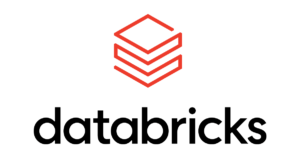
Databricks is built on top of Apache Spark, so it inherits all of Spark’s performance benefits. Spark is known for its lightning-fast speed, due in part to its in-memory computing capabilities. Databricks takes this one step further by offering optimized versions of Spark that are specifically tuned for performance on AWS. In addition, it provides a number of tools to help you optimize your cluster settings for maximum performance. As a result, you can expect excellent performance on AWS.
Databricks on AWS
Databricks on AWS lets you process and analyze data in a variety of ways. You can use it to run Spark jobs on Amazon EMR clusters, or you can use it to interact with data stored in Amazon S3. It also integrates with Amazon Redshift and DynamoDB.
The Databricks Data Lake platform includes everything from ETL and data warehousing to machine learning and business intelligence. In addition, it provides a number of powerful tools to help you work with your data more effectively. These include an interactive workspace, notebooks, dashboards, and more. As a result, you should be able to find all the features you need to meet your data analytics needs.
Here are some tips to help you get the most out of running Databricks on AWS:
1) Use Auto-Termination to Save Money: By default, clusters will automatically terminate after two hours of inactivity. However, you can change this setting to have your clusters terminate after one hour or even immediately if desired. This can help save money by ensuring that you’re only paying for resources when they’re actually being used.
2) Use Spot Instances to Save Money: Spot instances are unused EC2 instances that are made available at a discounted price by AWS. You can use these instances to run your jobs and save up to 90% off the regular price. Just be sure to set up your cluster to use spot instances so that it can automatically scale up or down as needed based on availability and price changes.
3) Use Auto-Scaling Clusters: By default, clusters will automatically scale up or down based on load changes so that you’re only using the resources you need at any given time. This can help save money by ensuring that you’re not paying for resources that aren’t being used while still ensuring that your jobs have enough resources when they need them.
Databricks on AWS is a great way to process and analyze large amounts of data quickly and easily. The integration with Amazon services makes it easy to get started and the variety of features makes it a powerful and highly performant tool for data analysis. Contact us today to learn more.
